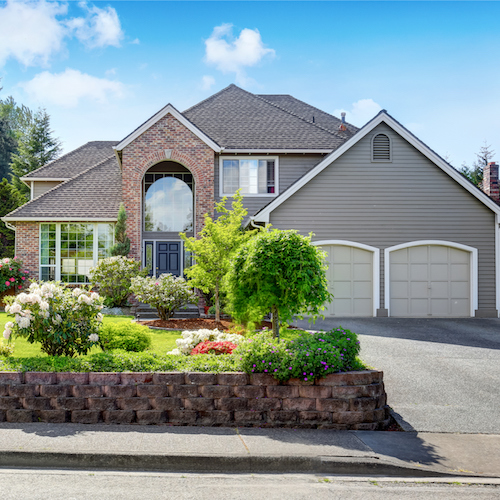Housing
Number of Americans With Equity-Rich Homes Rises, With San Jose, San Francisco and LA at Top

Published:
Last Updated:

The value of American homes compared with the mortgage on those homes continues to rise since the real estate collapse during the recession, according to information from property database curator ATTOM Data Solutions. The number of houses considered “equity rich” is most concentrated among California’s big cities: San Jose, San Francisco and Los Angeles. Many of these areas have been booming because of the strength of the tech industry.
At the other end of the equity value curve, the number of homes that are underwater is significant but declining. Cities with “seriously underwater” homes are concentrated in Ohio. Information on home values is based on data published by Irvine, Calif.-based ATTOM Data Solutions U.S. Home Equity & Underwater Report for the second quarter of 2017.
At the end of the second quarter, more than 14 million U.S. properties were equity rich; that is, where the combined loan amount secured by the property was 50% or less of the estimated market value of the property. That was an increase of 1.6 million properties from the same period a year ago. The current figure of equity-rich properties represents 24.6% of all U.S. properties with a mortgage.
In San Jose, the number of equity-rich homes as a percentage of total homes with mortgages is 52%, the highest among the 91 American cities with populations of more than 500,000. San Francisco follows at 47%, and then Los Angeles at 40%, Honolulu at 40% and Portland at 35%.
The report shows 5.4 million properties were underwater, which is when the combined loan amount secured by the property was at least 25% higher than the property’s estimated market value. The good news is, as mentioned, that this number is declining. At the end of the second quarter, there were 1.2 million fewer properties underwater than the previous year.
According to the data, Cleveland leads the list of cities with seriously underwater homes, with nearly 22% of all such homes. This is followed by Baton Rouge, Louisiana, at 21%, while Akron, Ohio; Las Vegas; and Toledo, Ohio, are all near 20%. The 5.4 million seriously underwater properties represented 9.5% of all properties with a mortgage, down from 11.9% in the second quarter of a year ago.
While the national property equity picture has improved, some areas and groups have been left far behind, particularly compared to some of the largest markets in California.
Thank you for reading! Have some feedback for us?
Contact the 24/7 Wall St. editorial team.